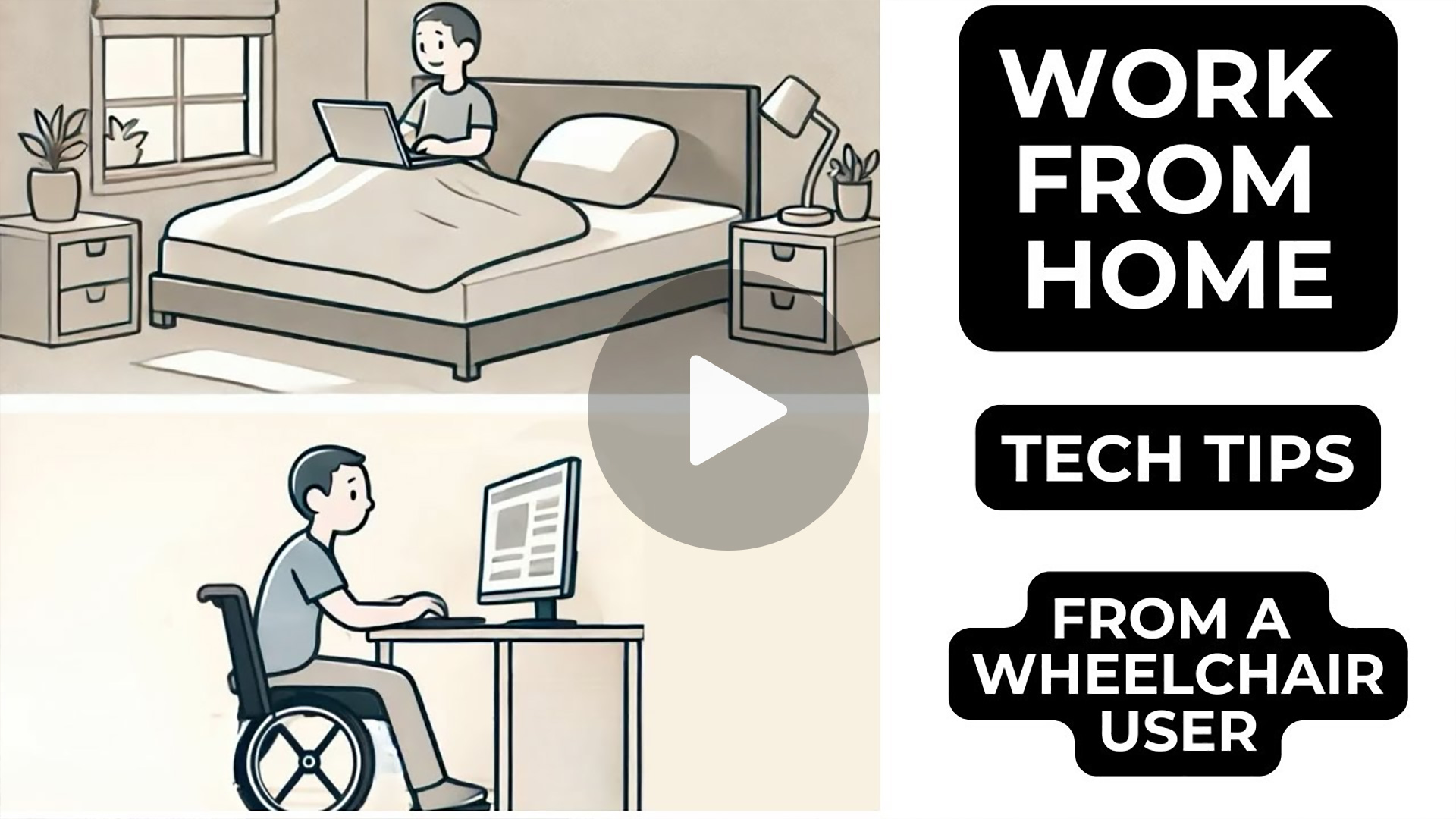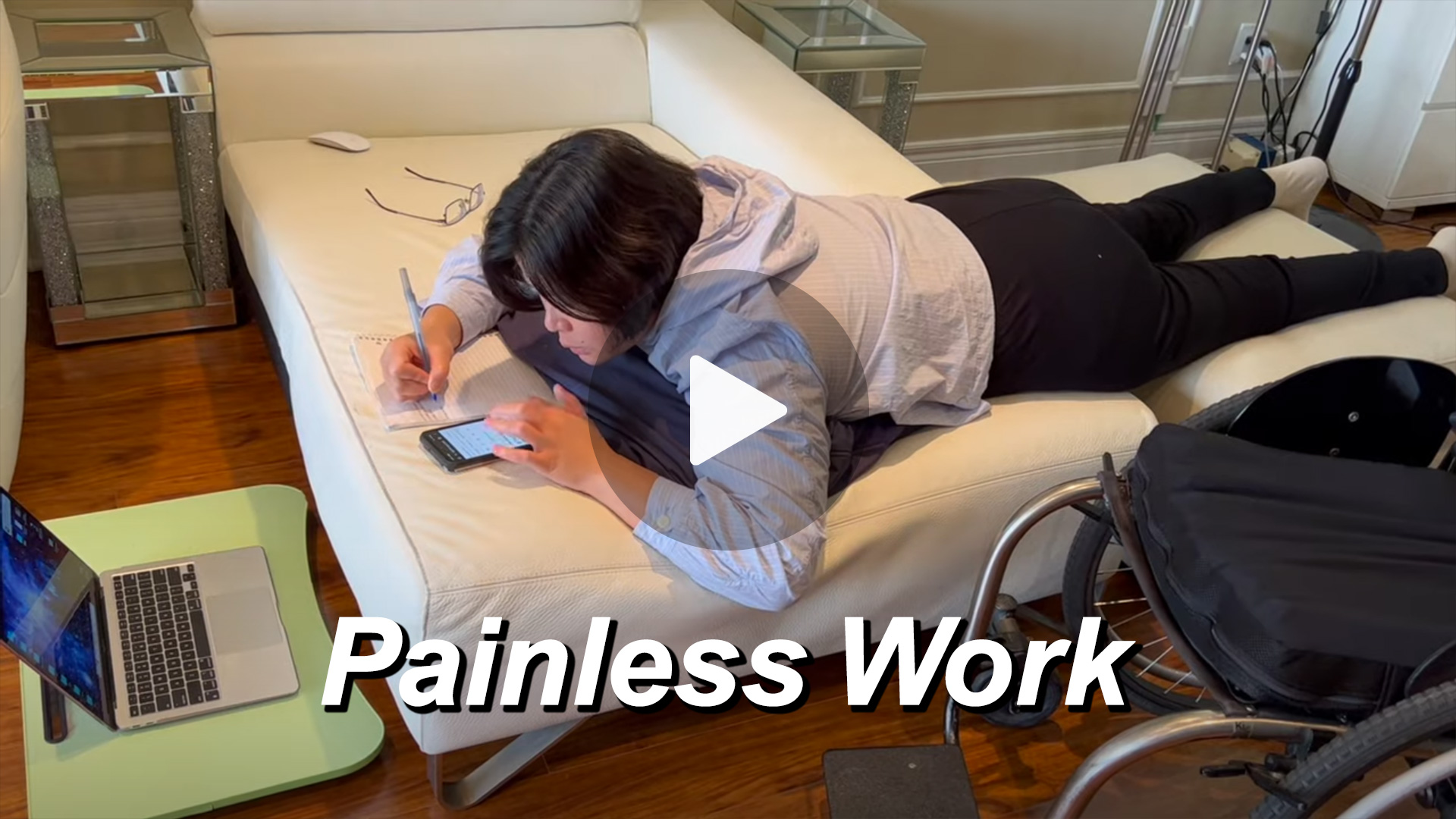Today, we discuss skin care for people with spinal cord injury, spinal cord injury and skin damage, and wheelchair user skin care tips. Many people with spinal cord injuries will develop a pressure injury at some point throughout their life, and this risk tends to increase with age.
This video shares tips to reduce the risk of pressure injury. It covers:
- the importance of a healthy diet to help maintain the health of your skin, and its ability to heal and repair itself
- how daily activities and changes to your routine can impact your skin health
- how to prevent pressure injuries by keeping an eye on your skin.
It’s very important to talk about skin care for spinal cord injury patients, spinal cord injury and skin damage, and wheelchair user skin care tips, because as we age, our skin becomes thinner, loses elasticity, and has a reduced blood supply. Fat decreases and becomes drier and muscles atrophy.
There are a couple of things that you can watch out for; these are diet and activity. For diet, poor nutrition can lead to either weight gain or loss, and this in turn can increase pressure and make moving between locations more difficult. It will also interfere with your body’s ability to heal and close pressure injuries. In terms of activity, the risk for developing pressure injuries increases with changes in activity.
You’ll find this video useful if you want to learn more about:
- skin care for people with spinal cord injury
- spinal cord injury and skin damage
- wheelchair user skin care tips
- spinal cord injury skin care and skin sensitivity
- bedsore prevention and life after spinal cord injury
- pressure sores and pressure injury prevention
- skin care spinal cord injury patients
- skin health tips for spinal cord injury.
Some things you want to watch out for, or times when you want to pay more attention to your skin are when you return from a trip that required prolonged sitting on a plane or in a car, or after you sleep in a different bed. Pay extra attention when you have had a recent illness requiring hospitalization causing you to spend many hours in bed, and when you purchase a new wheelchair or seat cushion. And finally, take care when you have changes to routines like that experienced during the pandemic with changes in provision of care or decreased visits to health professionals.
Pressure injuries are preventable. Taking good care of your skin and checking your skin often are key to prevention. By establishing a routine of skin checking each day at the time of dressing and undressing, you will be able to pick up early signs of skin damage.
If you enjoyed this video about skin care for spinal cord injury patients, SCI and skin damage, and wheelchair user skin care tips, please remember to like, share, subscribe and leave a comment if you have any questions, suggestions, or feedback. We hope to see you here again soon!





